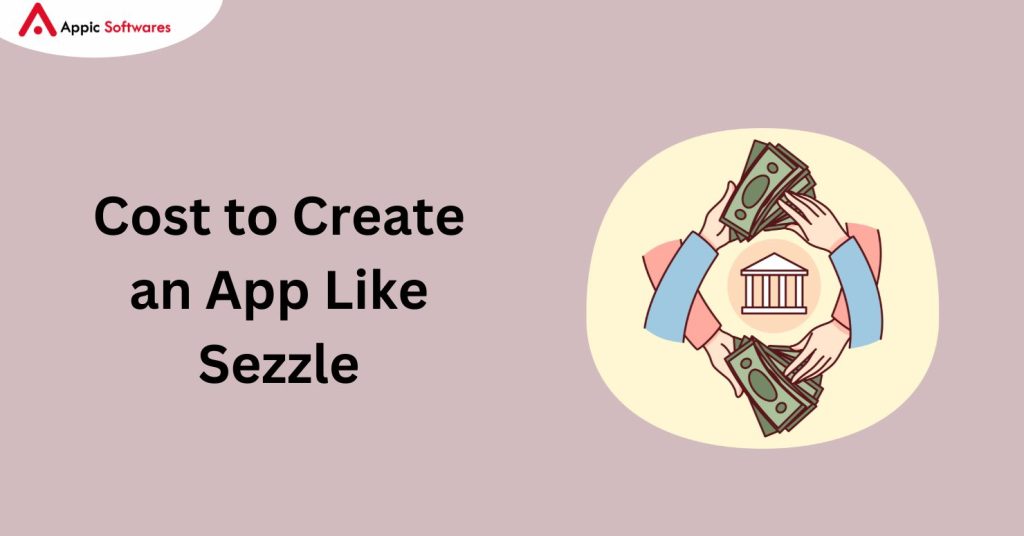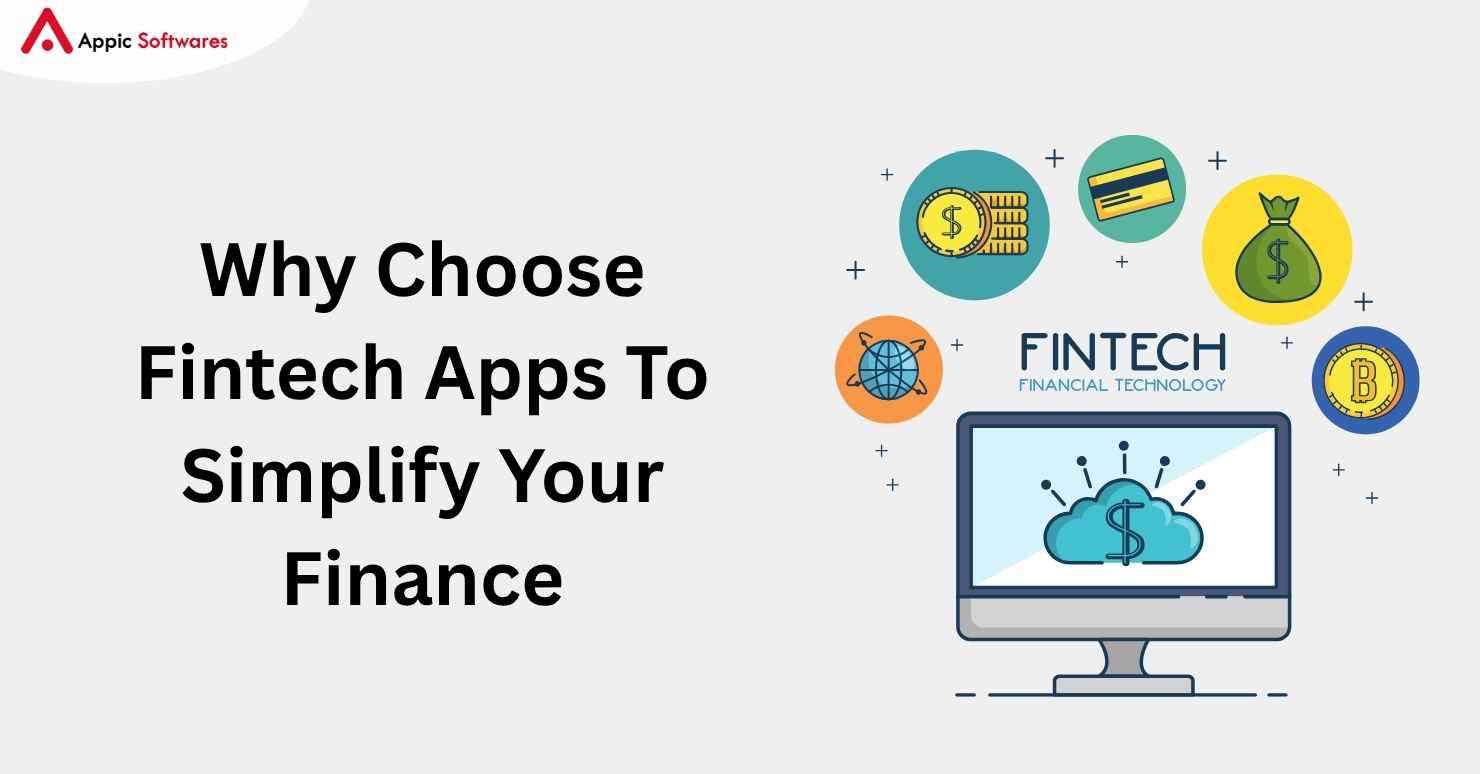
To create an app like Sezzle, a prominent Buy Now, Pay Later (BNPL) platform, you need to go through a detailed process that includes conducting market research, designing, developing, and ensuring regulatory compliance. To build a competitive app in 2024, it is crucial to understand user needs, implement robust security measures, and ensure seamless integration with merchants. The growing BNPL market demands these key factors for success.
This guide offers a detailed step-by-step process, covering everything from conceptualization to deployment. It emphasizes important factors like user experience design, payment gateway integration, fraud prevention, and compliance with financial regulations. This guide will help you navigate the complexities of developing a BNPL app, whether you’re a startup or an established business.
What Is Sezzle?
Sezzle is a leading Buy Now Pay Later (BNPL) platform founded in 2016. It allows consumers to split their purchases into four interest-free installments over six weeks. Sezzle’s mission is to financially empower the next generation by providing a transparent and user-friendly alternative to traditional credit.
How Does Sezzle Work?
User Registration
- Account Creation: Users sign up on the Sezzle platform and provide basic personal information.
- Soft Credit Check: Sezzle performs a soft credit check to assess the user’s eligibility without affecting their credit score.
Shopping And Payment
- Merchant Integration: Sezzle partners with online and offline retailers who offer Sezzle as a payment option at checkout.
- Selecting Sezzle: At checkout, users choose Sezzle as their payment method.
- Payment Plan: The total purchase amount is split into four equal installments. The first installment is paid at the time of purchase, and the remaining three are automatically deducted from the user’s bank account every two weeks.
Merchant Interaction
- Instant Payment: Merchants receive the full purchase amount upfront from Sezzle, minus a processing fee, reducing their financial risk and improving cash flow.
How Does Sezzle Make Money?
Merchant Fees
- Transaction Fee: Sezzle charges merchants a fee for each transaction, typically a percentage of the total purchase amount.
- Fee Structure: The fee varies depending on the merchant’s sales volume and their agreement with Sezzle.
Late Fees
- Penalty Charges: Users are charged a late fee if a scheduled payment fails due to insufficient funds.
- Revenue from Late Fees: These fees provide an additional revenue stream for Sezzle.
Interest In Extended Plans
- Extended Payment Plans: In some cases, Sezzle offers extended payment plans with interest.
- Interest Revenue: Interest charged on these extended plans adds to Sezzle’s revenue.
Step-By-Step Guide To Create An App Like Sezzle
Step:1 Understanding The BNPL Market
Market Research And Analysis
- Market Trends: Analyze the growth and trends in the BNPL market, including user demographics and technological advancements. From 2023 to 2031, the worldwide purchase now-pay later industry is projected to grow from an initial value of USD 256.54 billion to an anticipated value of USD 3892.19 billion, a compound annual growth rate (CAGR) of 30.5%.
- Success Stories: Study successful BNPL platforms to understand what features and strategies have made them popular.
Competitor Analysis
- Feature Comparison: Compare the features of leading BNPL apps like Afterpay, Klarna, and Affirm.
- Strengths and Weaknesses: Identify what competitors are doing well and where they fall short to find opportunities for differentiation.
- Gap Analysis: Look for unmet needs in the market that your app can address, such as better customer service or unique features.
Regulatory Environment
- Compliance: Research and ensure compliance with financial regulations and data protection laws in your target regions.
- Licensing: Understand the licensing requirements for operating a BNPL service in different jurisdictions.
Step: 2 Planning And Requirement Gathering
Define Your Objectives
- Goals: Establish clear, measurable goals for your app, such as target user acquisition numbers, revenue targets, and market penetration rates.
- Unique Selling Propositions (USPs): Define what will make your app stand out, such as unique features or superior user experience.
Gather Requirements
- Feature List: Create a comprehensive list of features your app will include. Prioritize them based on user needs and market demand.
- User Stories: Develop detailed user stories to understand how different types of users will interact with your app and what functionalities they will need.
Create A Project Plan
- Timeline: Develop a detailed timeline for the development process, including key milestones.
- Resource Allocation: Allocate resources, including budget, team members, and tools, to each phase of the project.
- Risk Management: Identify potential risks and develop strategies to mitigate them.
Step: 3 Designing The User Interface (UI) And User Experience (UX)
UI/UX Principles
- User-Centric Design: Focus on creating an intuitive and user-friendly design that simplifies the user experience.
- Consistency: Maintain consistency in design elements such as colors, fonts, and icons to create a cohesive brand identity.
Wireframes And Prototypes
- Wireframes: Develop wireframes to visualize the app’s layout and structure, ensuring all essential elements are included.
- Prototypes: Create interactive prototypes to test user flows and gather feedback. This helps in identifying usability issues early.
User Feedback
- Usability Testing: Conduct usability testing with a small group of potential users to observe how they interact with the app.
- Iterative Design: Use the feedback to make necessary adjustments and iterate on the design until it meets user expectations.
Step: 4 Choosing The Right Technology Stack
Frontend Technologies
- Frameworks: Choose modern frontend frameworks like React Native, Flutter, or Swift (for iOS) and Kotlin (for Android) that support cross-platform development.
- Performance: Ensure the chosen framework delivers high performance and a responsive user experience.
Backend Technologies
- Frameworks: Select robust backend frameworks such as Node.js, Django, or Ruby on Rails to handle server-side logic and operations.
- Database Systems: Use scalable and reliable database systems like PostgreSQL or MongoDB to store and manage data efficiently.
Third-Party Integrations
- Payment Processing: Integrate secure and reliable third-party payment services such as Stripe, PayPal, or Square.
- APIs: Ensure the backend can effectively communicate with these third-party services through well-designed APIs.
Step: 5 Development Process
Frontend Development
- Implementing UI/UX Design: Use the chosen frontend framework to implement the UI/UX design, focusing on responsiveness and user experience.
- Cross-Platform Compatibility: Ensure the app works seamlessly across different devices and platforms.
Backend Development
- Infrastructure: Develop the backend infrastructure to handle user data, transactions, and other core functionalities.
- APIs: Implement RESTful APIs to facilitate smooth communication between the frontend and backend components.
Integrating Payment Gateways
- Selection: Choose secure and reliable payment gateways that support multiple payment methods preferred by users.
- Implementation: Integrate payment gateways ensuring compliance with PCI DSS standards to protect user payment information.
Implementing Security Measures
- Data Encryption: Implement strong encryption standards to protect sensitive user data both at rest and in transit.
- Authentication: Use secure authentication methods such as OAuth, two-factor authentication (2FA), and biometric authentication.
- Security Audits: Conduct regular security audits to identify and address vulnerabilities in the system.
Step: 6 Testing And Quality Assurance
Types Of Testing
- Unit Testing: Test individual components to ensure they work correctly.
- Integration Testing: Test the interaction between different components to ensure they work together seamlessly.
- End-to-End Testing: Test the entire user journey to ensure the app meets user expectations.
- Performance Testing: Ensure the app can handle high traffic and performs well under load.
Bug Fixing And Optimization
- Identifying Bugs: Use automated testing tools and manual testing to identify bugs.
- Fixing Bugs: Prioritize and fix identified bugs. Ensure that bug fixes do not introduce new issues.
- Optimization: Continuously optimize the app for better performance, reducing load times, and enhancing responsiveness.
User Acceptance Testing (UAT)
- Conduct UAT: Conduct UAT with a group of end-users to ensure the app meets their needs and expectations.
- Gather Feedback: Collect feedback from UAT participants and make necessary improvements before the official launch.
Step: 7 Deployment And Launch
Preparing For Launch
- Production Environment: Set up a secure and scalable production environment.
- Compliance Check: Ensure all legal and regulatory requirements are met before launch.
App Store Submission
- Preparation: Prepare all necessary materials for app store submission, including app descriptions, screenshots, and promotional images.
- Submission: Follow the guidelines for submitting the app to the Google Play Store and Apple App Store. Address any issues that arise during the review process.
Launch Strategy
- Marketing Campaign: Plan and execute a marketing campaign to generate buzz and attract users to your app.
- Engagement: Engage with potential users through social media, forums, and other channels to build anticipation and excitement for the launch.
Step: 8 Marketing And User Acquisition
Digital Marketing
- SEO: Optimize your app’s website and app store listings for search engines to improve visibility.
- Content Marketing: Create blog posts, videos, and other content to attract and engage potential users.
- Social Media Marketing: Use social media platforms to reach your target audience and run targeted ad campaigns.
Partnerships And Collaborations
- Merchant Partnerships: Partner with merchants to offer exclusive deals and promotions through your app.
- Influencer Collaborations: Collaborate with influencers to promote your app and reach a wider audience.
Referral Programs
- Referral Incentives: Encourage existing users to invite new users by offering referral incentives such as discounts or credits.
- Tracking and Rewards: Implement a system to track referrals accurately and reward users promptly.
Step: 9 Post-Launch Maintenance And Updates
Monitoring And Analytics
- Analytics Tools: Use analytics tools to monitor user behavior, app performance, and key metrics such as user retention and transaction volume.
- User Feedback: Continuously gather and analyze user feedback to identify areas for improvement.
Regular Updates
- Bug Fixes: Release regular updates to fix bugs and improve app performance.
- New Features: Add new features based on user feedback and market trends to keep the app relevant and engaging.
- Performance Enhancements: Optimize the app’s performance to ensure a smooth user experience.
Customer Support
- Support Channels: Provide robust customer support through various channels, including chatbots, help desks, and support tickets.
- Knowledge Base: Create a comprehensive knowledge base with FAQs, tutorials, and guides to help users troubleshoot common issues.
Also read:- FinTech Trends: Innovation And Insights 2025
Cost To Create An App Like Sezzle

Development Costs
- Frontend and Backend Development: The cost varies based on complexity, but expect a range between $50,000 to $200,000.
- UI/UX Design: Design costs can range from $10,000 to $50,000 depending on the level of detail and customization.
Third-Party Services
- Payment Gateways: Integration costs can range from $5,000 to $20,000.
- Analytics and Monitoring: These tools can cost between $1,000 to $10,000 annually.
Compliance And Licensing
- Regulatory Compliance: Costs vary by region but can range from $5,000 to $50,000.
- Legal Fees: Expect to pay between $5,000 to $20,000 for legal advice and licensing.
Marketing And Launch
- Marketing Campaigns: Initial marketing efforts can cost between $20,000 to $100,000.
- User Acquisition: Budget for ongoing user acquisition costs.
Maintenance And Updates
- Ongoing Maintenance: Plan for annual costs of $10,000 to $50,000.
- Feature Updates: Regular updates can add $5,000 to $20,000 annually.
Conclusion
Creating an app like Sezzle involves a thorough understanding of the BNPL market, a clear plan, user-centric design, and robust development practices. By following this step-by-step guide, you can develop a competitive BNPL app that meets user needs and stands out in the market. Stay updated with market trends and continuously improve your app to ensure long-term success.
Are you ready to transform your BNPL app idea into a thriving reality? Collaborate with Appic Softwares, the leading fintech app development company, renowned for turning innovative concepts into exceptional applications. Our expertise and dedication to quality will ensure your app is secure, intuitive, and highly competitive. Propel your business forward with our tailored development solutions. Reach out to us today to embark on your journey to success!








